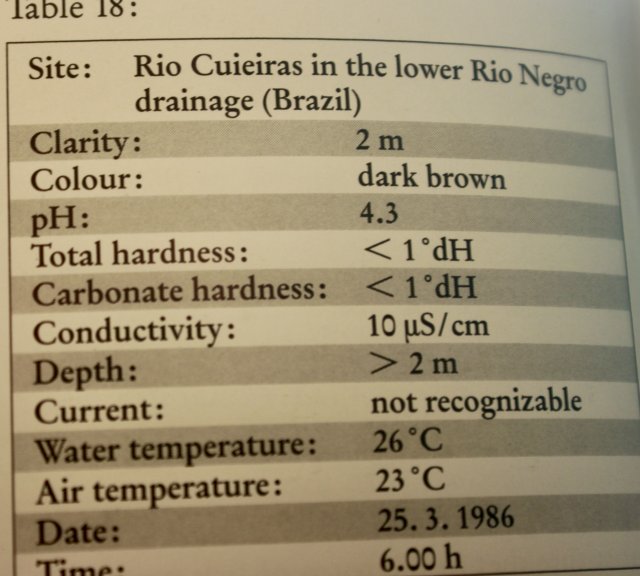I am heartbroken this morning. We lost our red spotted severum during the night - he was about 5", so not full grown yet. He didn't appear sick and has been eating well. He just died. This is our second severum to lose. The first was full grown and one day got an infection on his face that spread rapidly and killed him within a few days, despite treatment.
Are these guys just hard to keep alive? We have a very peaceful tank with a BGK, clown loaches, EBA's and Rainbow Cichlids. Absolutely nothing aggressive. I love the breed, it's just so hard to stomach netting out such beautiful fish when they die.
BTW, the tank is 300g.
Are these guys just hard to keep alive? We have a very peaceful tank with a BGK, clown loaches, EBA's and Rainbow Cichlids. Absolutely nothing aggressive. I love the breed, it's just so hard to stomach netting out such beautiful fish when they die.
BTW, the tank is 300g.




